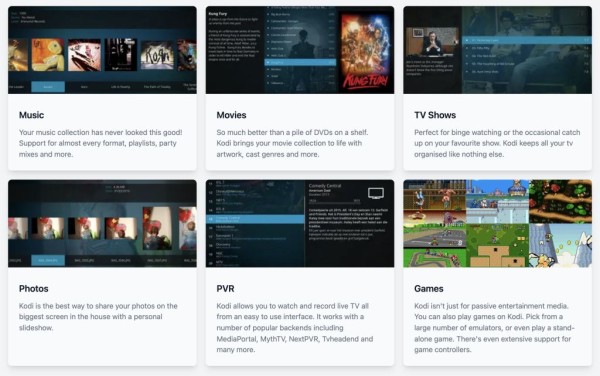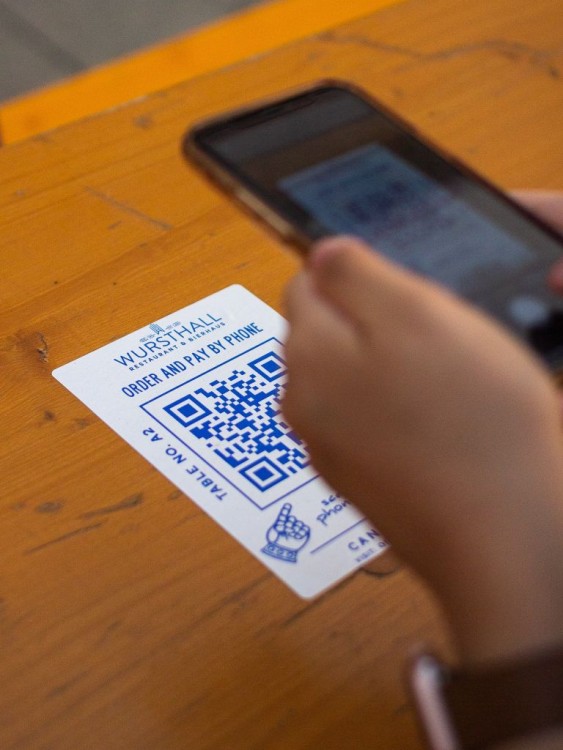In This Article

In today’s data-surrounded world, the skill to interpret and present data effectively holds immense value. As businesses increasingly turn to data for guidance in their decision-making processes, visually presenting information can either make or break a business decision.
Gone are the days when bar graphs and pie charts were enough. Today’s advanced data visualization techniques empower decision-makers to see data from entirely new angles, uncover hidden patterns, and drive decisions that truly make an impact.
Benefits of Advanced Data Visualization
Organizations can uncover hidden patterns, identify trends, and communicate complex insights effectively by leveraging techniques beyond simple charts and graphs. Here are some of the notable benefits of advanced data visualization:
- Improved Decision-Making: Visualizing complex data helps identify trends, patterns, and anomalies that might be missed in traditional analysis.
- Enhanced Communication: Visualizations can communicate complex ideas and insights more effectively than text or numbers alone.
- Increased Efficiency: Organizations can save time and resources by automating data visualization tasks.
- Enhanced Collaboration: Visualizations can foster collaboration among teams by providing a common understanding of data.
The Impact of Interactive Dashboards
Static reports have become obsolete, and they are being replaced with interactive dashboards, which have totally transformed how decision-makers engage with and interact with the data in real-time. These dashboards not only display information but also encourage interaction. Decision-makers can delve into data points, filter information based on criteria, and even simulate various scenarios to visualize potential outcomes.
Consider a scenario where a retail company analyzes its sales performance across regions. Through a dashboard, the company’s leaders can promptly identify products in each region, track trends over time, and strategically allocate resources based on informed decisions. By relying on generated reports, they can access this valuable information whenever needed, giving them a competitive advantage.
The true magic of dashboards lies in their ability to simplify data and make it easy to understand. By incorporating elements like heat maps, bubble charts, and tree maps, these dashboards help users identify patterns and trends that may not be immediately obvious in data.
Storytelling with Data: The Rise of Narrative Visualization
Numbers on their own can feel overwhelming and easily overlooked. This is where data storytelling comes into play, which is also known as narrative visualization, as it involves data integration into a story that resonates with the target audience. This approach blends storytelling elements like characters, plotlines, and conflicts with data to craft a narrative that highlights the key insights.
Consider a healthcare organization aiming to convey the impact of a public health initiative. Instead of overwhelming stakeholders with spreadsheets, they can leverage narrative visualization to tell a compelling story on how the initiative has enhanced health outcomes within a community. The organization can showcase success stories, before-and-after comparisons, and infographics to illustrate the broader impact vividly. The outcome is a convincing presentation that can spur action.
Narrative visualization proves effective when the audience needs persuasion or emotional engagement. By framing data within a story context, it becomes more relatable and memorable, making it simpler for decision-makers to grasp the importance of the information.
Data Visualization for Predictive Analytics
Predictive analytics is revolutionizing how businesses strategize for the future, and advanced data visualization methods play a key role in turning these predictions into insights. By visually representing models, companies can better understand the factors influencing outcomes, turn complex forecasts into actionable insights, and ultimately make informed decisions.
For instance, in the investment sector, predictive analytics can forecast market trends, assisting investors in making smarter investment decisions. While a predictive model may produce outcomes, visualization techniques such as time series graphs, decision trees, and regression charts help simplify the data for better decision-making.
In manufacturing business models, visualization techniques enable managers to foresee equipment failures before they occur. By displaying sensor data and predictive models on intuitive dashboards, managers can identify trends that signal potential issues and schedule maintenance proactively to prevent breakdowns.
The capacity to visualize predictive data empowers businesses not only to respond to present circumstances but also to anticipate future challenges and opportunities while ensuring that operations continue to run efficiently and smoothly.
Enhancing User Experience with AR and VR
Augmented Reality (AR) and Virtual Reality (VR) are expanding the horizons of data visualization services by providing experiences that surpass traditional displays. New technologies are enabling organizations and users to engage with data in 3D environments, offering perspectives a more interactive and intuitive experience to analyze and comprehend information.
In the realm of architecture, augmented reality and virtual reality tools are revolutionizing the way designers visualize building information. They can explore a structure view in immersive 3D environments, overlaying real-time data on several elements. This not only enhances their understanding of design implications but also leads to more effective and impactful architectural solutions.
Likewise, within the healthcare sector, AR and VR are transforming how medical professionals visualize critical data like 3D organ scans or disease progressions. This visualization aids doctors in making informed choices regarding treatment plans. The ability to visualize and interact with data spatially can not only enhance accuracy but also boost patient outcomes, paving the way for personalized treatment and care.
Although it is still in its early stages, integrating AR and VR into data visualization presents exciting opportunities for industries dependent on spatial data and complex decision-making processes. These technologies have massive potential to reshape industries, which helps with effective strategies and groundbreaking solutions.
Concluding Thoughts
As data volumes continue to rise, there will be an increased demand for data visualization tools. These powerful tools go beyond appeal as they aim to render data meaningful, actionable and impactful.
In the coming years, our ability to visualize and understand information using tools like dashboards, storytelling visuals, predictive analytics, and immersive AR and VR experiences will greatly influence how we make decisions based on data.
For companies and organizations, adopting these methods isn’t about keeping up with the times; it’s about delving into data insights and making wiser, more knowledgeable choices. This could determine whether a venture thrives or falters in today’s changing business landscape.











